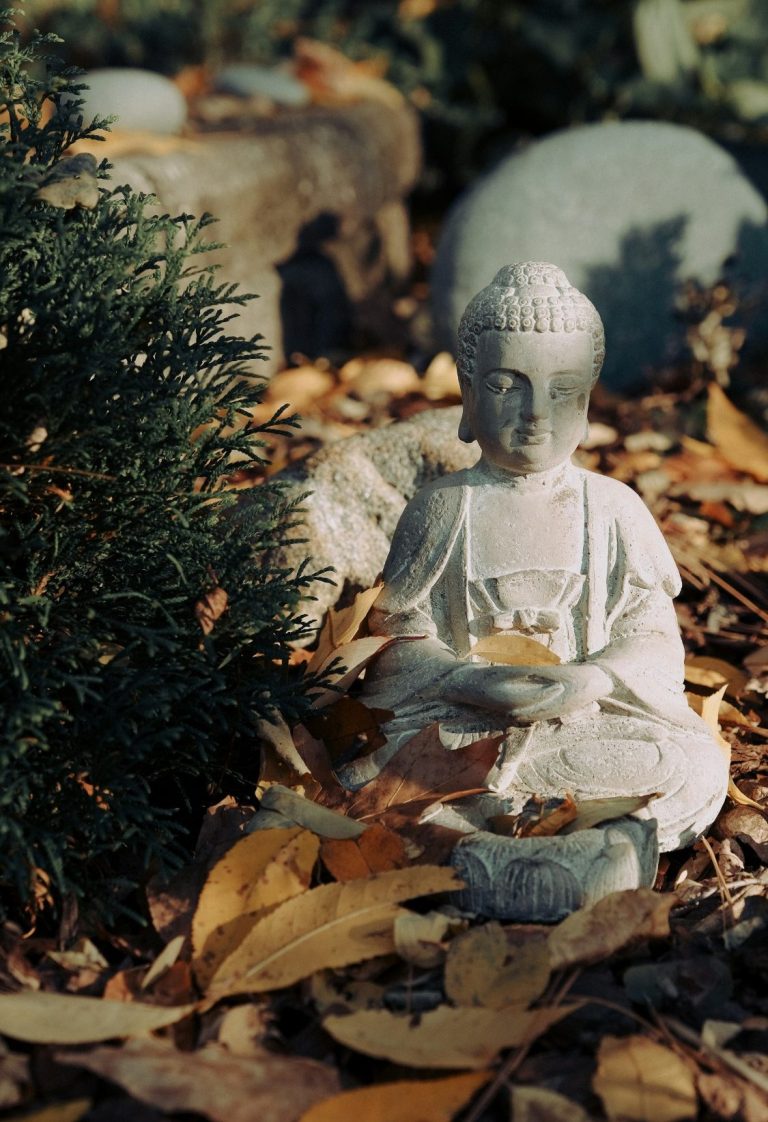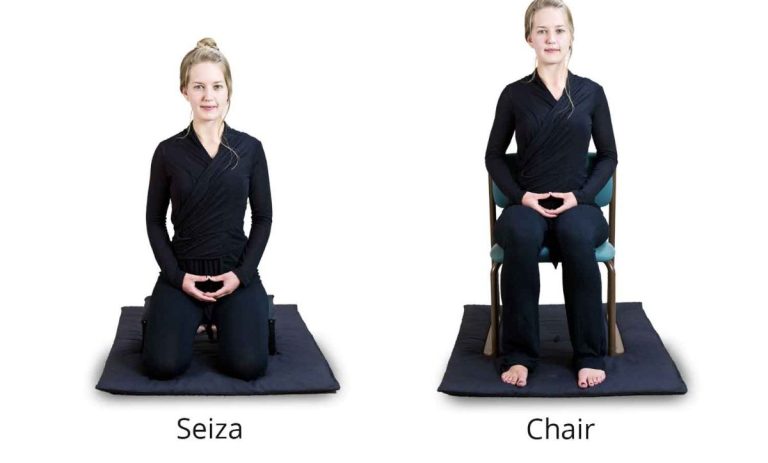Buddhist & Zen Meditations
"To practise Zen Buddhism is to train oneself to eliminate hatred, anger and selfishness and to develop loving-kindness towards all " - Thich Thien-An
Buddhism was founded in India around 500BC after the prince Gautama Siddhartha renounced his privileged life after witnessing the suffering of those living outside his palace. He meditated for long periods sitting under a tree, and received Enlightenment. He began to spread his teaching across India and became known as the Buddha (meaning one who has achieved Enlightenment from the sleep of ignorance and has become free of suffering).
The Buddha formulated the Four Noble Truths from his existing awareness of the principles of suffering and impermanence:
1) Dukkha – that life is suffering
2) Samudaya – that our desires and attachment to these create suffering
3) Nirodhu – that this suffering can be eliminated
4) Magga – that the best way to end the suffering is by following a methodical path. Learn more here.
There are many types of Buddhist meditations, two common practices are loving-kindness and gratitude, which are described below.
Zen Buddhism is a school of Mahayana Buddhism which was developed in China during the Tang dynasty, by adopting the Buddhist beliefs surrounding suffering and enlightenment, but placing more focus on achieving enlightenment by meditation and guidance from a master, rather than religious rituals or scriptural study. Their particular belief was that Buddha-nature, or Enlightenment, already exists in each of us, and therefore Zen practice aims to recognise this enlightenment within us.
Teachers such as Thich Nhat Hanh began to spread Zen Buddhist teachings to the West in the latter half of the 20th century, and it has become a popular form of meditation. The word 'zen' has now become part of the common vernacular as a description of a calm and peaceful state of being.
Zen Buddhist meditation takes a specific form as is described further down this page.

Also known as Metta Bhavana this practice aims to cultivate compassion by spending time -focusing loving thoughts or mantras towards oneself, a loved one, strangers or acquaintances, someone who you find challenging, and all sentient beings.
When starting to practice loving-kindness, we suggest building up the practice in stages. If you are new to meditation, or you have particular struggles with self-love for example, spending time alone meditating on giving compassion to yourself may be very challenging or even potentially triggering. Similarly if you have experienced trauma relating to another person, extending compassion to them in the context of someone you find challenging, will also be very difficult and is best suited when you are experienced in the practice and have a level of self-awareness meaning you can keep yourself safe.
Learn more about the technique on the basics of meditation course, or practise a beginner's loving-kindness meditation here.
Loving-kindness
A central part of Shin Buddhism, gratitude for all that you have, and recognition that everything in your life has come to you with thanks to countless others - you would not be as you are, without others. A simplistic example would be to consider that even getting dressed should acknowledge you have clothes made by others from fabrics made of materials harvested and manufactured by others, sold to you in a shop by others, and so on.
Shin Buddhists says the Nembutsu "Namu Amida Butsu" - a phrase essentially acknowledging your receipt of blessings and saying thank you, and serves as a reminder of power-beyond-self.
You may be more familar with gratitude in the form of gratitude journals, which are a great way to learn to notice all the small blessings in every day. Try it yourself - make a note of 5 things each night before you go to bed that you are grateful for that day. They may be big things like being grateful for getting a great promotion at work, or they may be seemingly trivial things, such as being grateful for a fridge you've filled with delicious food for your family.
Gratitude

More about Zen meditation - Zazen
Zazen is "to sit in meditation" and is a core practice of Zen Buddhism, and a key part of zazen which sets it apart from other types of meditation is that the posture is an important part of the meditation.
The posture for zazen is seated, with the spine erect but relaxed, chin slightly dipped so that the spine and back of the head are in alignment. See various positions below - note when not in a chair, a small pillow or bench is used to elevate the pelvis and allow alignment of the spine. The hands are placed in the below position, called the cosmic mudra, to help direct energy and attention inwards. The dominant hand holds the nondominant hand, thumbs touching, to form an oval shape. The eyes remain open, but in soft focus, at a ~45 degree angle towards the floor, and the tongue rests against the soft palate behind the teeth.
In this position, meditation is performed using the breath, noticing the breath coming in and out of the body, and allowing sensations and thoughts to come and go. It can be a powerful method of self-reflection and way of calming the mind.



Image: https://zenarchiving.wordpress.com/2014/06/25/learning-to-sit-instruction-in-the-practice-of-meditation/
Despite these meditations being labelled as Buddhist meditations, you do not need to be a Buddhist in order to practise them, their philosophy is open to all religions and none.
We need your consent to load the translations
We use a third-party service to translate the website content that may collect data about your activity. Please review the details in the privacy policy and accept the service to view the translations.

